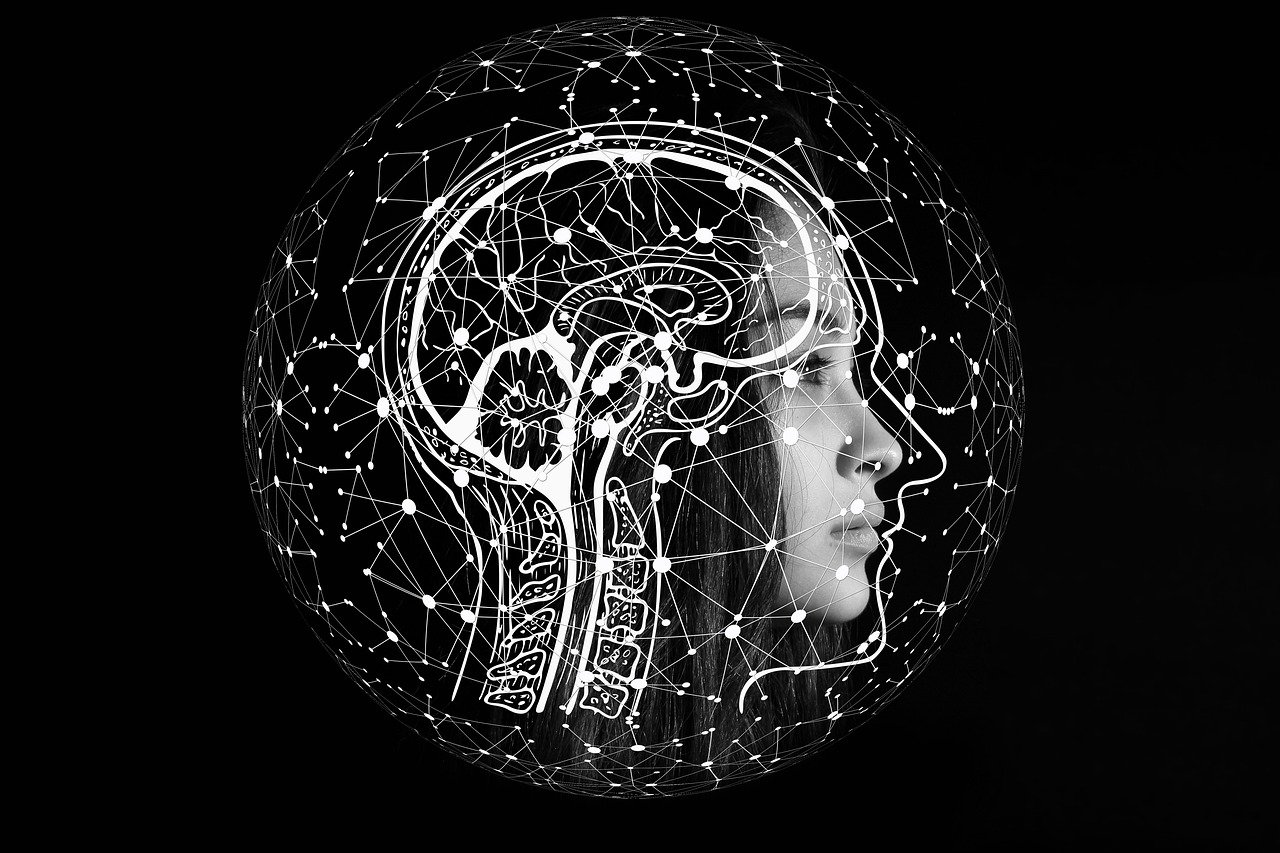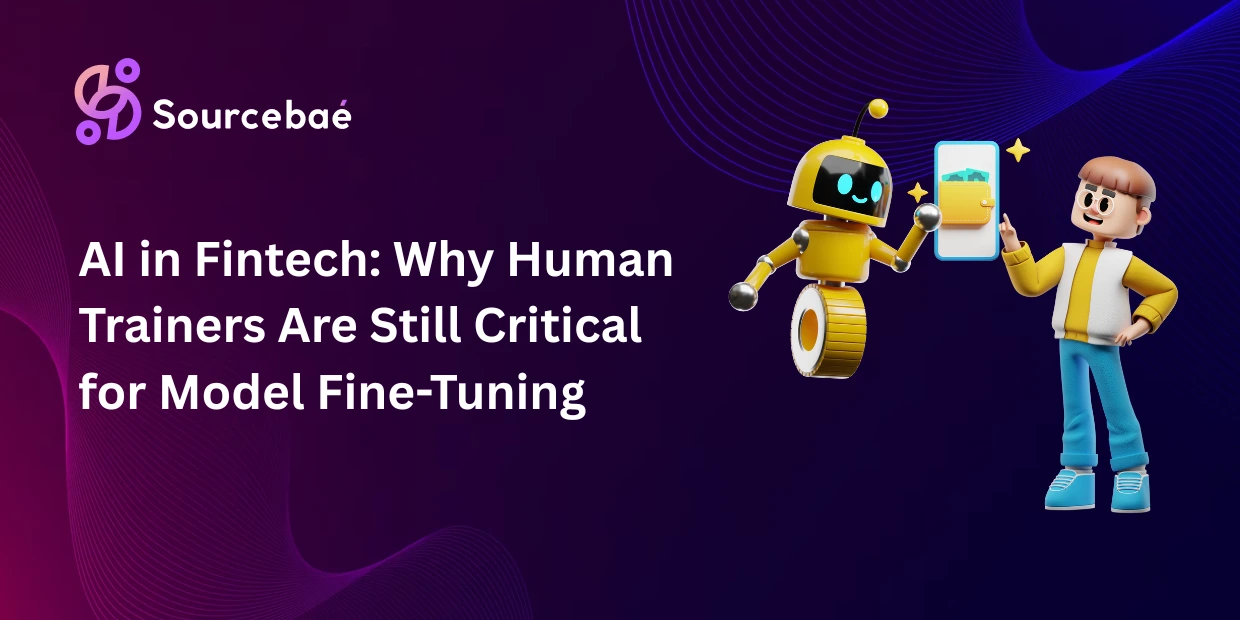Regression analysis is a powerful statistical technique used in data science to understand the relationship between a dependent variable and one or more independent variables.
It allows us to predict the values of the dependent variable based on the values of the independent variables.
In this article, we will explore some popular regression analysis techniques used in data science and how they can be applied to solve real-world problems.
Introduction to Regression Analysis
Regression analysis is a statistical modeling technique that helps us understand the relationship between a dependent variable and one or more independent variables. It is widely used in various fields, including economics, psychology, finance, and marketing, to make predictions or explain the impact of independent variables on the dependent variable.
Simple Linear Regression
Simple linear regression is one of the fundamental regression techniques used in data science. It involves predicting a dependent variable based on a single independent variable. The relationship between the dependent variable and the independent variable is assumed to be linear. The technique calculates the best-fit line that minimizes the sum of squared differences between the observed and predicted values.
Multiple Linear Regression
Multiple linear regression extends simple linear regression by incorporating multiple independent variables to predict the dependent variable. It allows us to analyze the simultaneous effects of multiple variables on the outcome variable. The technique estimates the coefficients of each independent variable to determine their impact on the dependent variable.
Polynomial Regression
Polynomial regression is a technique used to understand nonlinear relationships between the dependent and independent variables. It involves fitting a polynomial function to the data points to capture higher-order relationships. Polynomial regression can be used when the relationship between variables is not linear but can be approximated by a polynomial function.
Ridge Regression
Ridge regression is a regularization technique used when the dataset has multicollinearity, meaning the independent variables are correlated with each other. It adds a penalty term to the ordinary least squares method to shrink the coefficients of the independent variables. Ridge regression helps to reduce overfitting and produces more robust models.
Lasso Regression
Lasso regression, similar to ridge regression, is a regularization technique used to handle multicollinearity. It adds a penalty term that forces some of the coefficients to become zero, effectively selecting a subset of independent variables. Lasso regression performs automatic feature selection and can be useful when dealing with high-dimensional datasets.
Logistic Regression
Logistic regression is a regression technique used when the dependent variable is binary or categorical. It allows us to analyze the relationship between the independent variables and the probability of the outcome variable belonging to a specific category. Logistic regression uses logistic sigmoid functions to model the relationship.
Stepwise Regression
Stepwise regression is a technique used to determine the best subset of independent variables in a regression model. It involves selecting variables that contribute the most to the model’s predictive power while removing those that have little impact. Stepwise regression can be performed in a forward, backward, or bidirectional manner.
Time Series Regression
Time series regression is used when the data has a temporal dimension. It allows us to analyze how the independent variables influence the dependent variable over time. Time series regression models can capture trends, seasonality, and other time-dependent patterns in the data.
Generalized Linear Models
Generalized linear models (GLMs) are a broad class of regression models that generalize linear regression to handle different types of dependent variables. GLMs allow the dependent variable to have different distributions and link functions, making them flexible for various types of data. They include models such as Poisson regression, gamma regression, and binomial regression.
Support Vector Regression
Support vector regression is a regression technique that uses support vector machines to approximate the relationship between the dependent and independent variables. It aims to find a hyperplane that maximizes the margin between the predicted and actual values. Support vector regression is useful when dealing with nonlinear relationships and outliers.
Random Forest Regression
Random forest regression is an ensemble learning technique that combines multiple decision tree models to make predictions. It can handle complex relationships, nonlinearities, and interactions between variables. Random forest regression is robust to outliers and can handle high-dimensional datasets.
Conclusion
Regression analysis techniques are essential tools in data science for understanding relationships between variables and making predictions. From simple linear regression to advanced techniques like support vector regression and random forest regression, each technique has its strengths and applications. By choosing the appropriate regression technique, data scientists can derive insights and build accurate predictive models to solve real-world problems.
FAQs
FAQ 1: What is the difference between simple linear regression and multiple linear regression?
In simple linear regression, we predict a dependent variable based on a single independent variable. In contrast, multiple linear regression involves predicting the dependent variable using multiple independent variables simultaneously.
FAQ 2: How can I handle multicollinearity in regression analysis?
Multicollinearity can be handled using regularization techniques like ridge regression and lasso regression. These techniques impose penalties on the coefficients, resulting in more stable and interpretable models.
FAQ 3: When should I use logistic regression instead of linear regression?
Logistic regression should be used when the dependent variable is categorical or binary. Linear regression, on the other hand, is appropriate when the dependent variable is continuous.
FAQ 4: What is feature selection in regression analysis?
Feature selection is the process of selecting a subset of independent variables that have the most significant impact on the dependent variable. It helps improve the model’s predictive power and reduces overfitting.
FAQ 5: Can regression analysis be applied to time series data?
Yes, regression analysis can be applied to time series data using techniques like time series regression. It allows us to analyze how independent variables affect the dependent variable over time, considering temporal patterns.
In conclusion, regression analysis techniques offer valuable insights into the relationships between variables in data science. From simple linear regression to more advanced methods, each technique has its strengths and applications. By understanding these techniques, data scientists can uncover patterns, make predictions, and solve real-world problems effectively.





